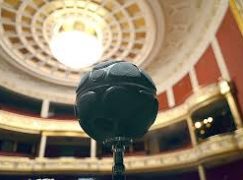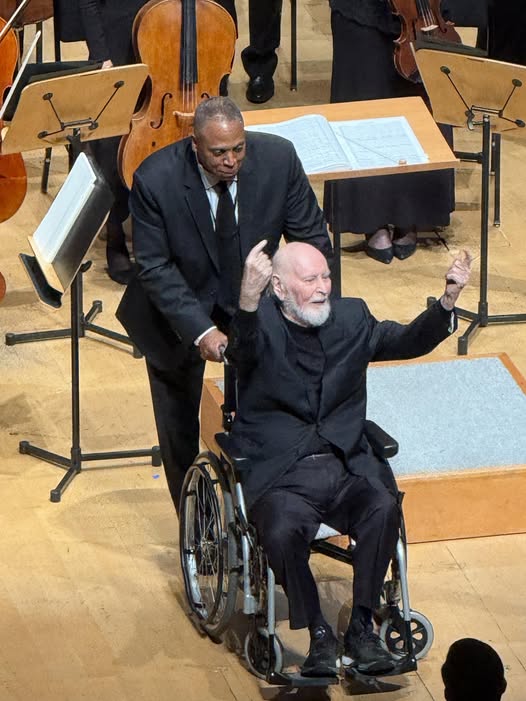Can you record a full orchestra with a single microphone?
mainApparently, yes…. although I don’t get a full, close sound picture through my headphones.
Others may hear it differently.
The device is called Zylia.


Apparently, yes…. although I don’t get a full, close sound picture through my headphones.
Others may hear it differently.
The device is called Zylia.

It bwas made known today that Alexander Hamilton…

It’s lawyers at dawn in the Deep South…

Enrique Batiz died last week in his home…

Pictures have reached us from Friday night’s John…

Session expired
Please log in again. The login page will open in a new tab. After logging in you can close it and return to this page.
Comments